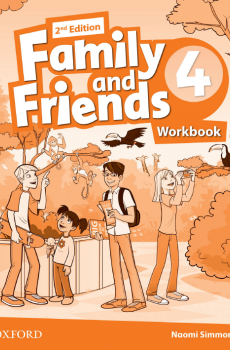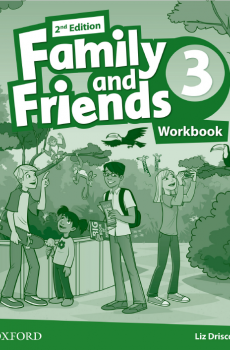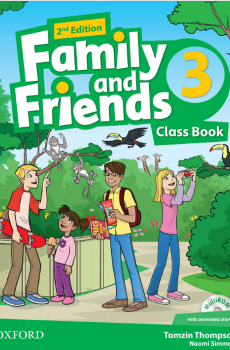The Mind and Its Education
The Mind and Its Education
Log in to download this book.
| Publisher | unknown |
|---|---|
| Accessible book producer | Public domain |
| Published year | 2006 |
| Coppy right | Chưa rõ |
***START OF THE PROJECT GUTENBERG EBOOK THE MIND AND ITS EDUCATION***
E-text prepared by Roger Frank
and the Project Gutenberg Online Distributed Proofreading Team
(http://www.pgdp.net/c/)
THE MIND AND ITS
EDUCATION
BY
GEORGE HERBERT BETTS, Ph.D.
PROFESSOR OF PSYCHOLOGY IN CORNELL COLLEGE
emblem
REVISED AND ENLARGED EDITION
NEW YORK
D. APPLETON AND COMPANY
Copyright, 1906, 1916, by
D. APPLETON AND COMPANY
Printed in the United States of America
PREFACE TO THE REVISED EDITION
Authors, no doubt, are always gratified when their works find favorable acceptance. The writer of this text has been doubly gratified, however, at the cordial reception and widespread use accorded to the present volume. This feeling does not arise from any narrow personal pride or selfish interest, but rather from the fact that the warm approval of the educational public has proved an important point; namely, that the fundamental truths of psychology, when put simply and concretely, can be made of interest and value to students of all ages from high school juniors up, and to the general public as well. More encouraging still, it has been demonstrated that the teachings of psychology can become immediately helpful, not only in study or teaching, but also in business or profession, in the control and guidance of the personal life, and in the problems met in the routine of the day's work or its play.
In effecting the present revision, the salient features of the original edition have been kept. The truths presented are the most fundamental and important in the field of psychology. Disputed theories and unsettled opinions are excluded. The subject matter is made concrete and practical by the use of many illustrations and through application to real problems. The style has been kept easy and familiar to facilitate the reading. In short, there has been, while seeking to improve the volume, a conscious purpose to omit none of the characteristics which secured acceptance for the former edition.
On the other hand, certain changes and additions have been made which, it is believed, will add to the strength of the work. First of all, the later psychological studies and investigations have been drawn upon to insure that the matter shall at all points be abreast of the times in scientific accuracy. Because of the wide use of the text in the training of teachers, a more specific educational application to schoolroom problems has been made in various chapters. Exercises for the guidance of observation work and personal introspection are freely used. The chapter on Sensation and Perception has been separated into two chapters, and each subject given more extensive treatment. A new chapter has been added on Association. The various chapters have been subdivided into numbered sections, and cut-in paragraph topics have been used to facilitate the study and teaching of the text. Minor changes and additions occur throughout the volume, thus adding some forty pages to the number in the original edition.
Many of the modifications made in the revision are due to valuable suggestions and kindly criticisms received from many teachers of the text in various types of schools. To all who have thus helped so generously by freely giving the author the fruits of their judgment and experience he gladly renders grateful thanks.
Cornell College,
Iowa.
CONTENTS
CHAPTER I
THE MIND, OR CONSCIOUSNESS
How the mind is to be known: Personal character of consciousness—Introspection the only means of discovering nature of consciousness—How we introspect—Studying mental states of others through expression—Learning to interpret expression. 2. The nature of consciousness: Inner nature of the mind not revealed by introspection—Consciousness as a process or stream—Consciousness likened to a field—The "piling up" of consciousness is attention. 3. Content of the mental stream: Why we need minds—Content of consciousness determined by function—Three fundamental phases of consciousness. 4. Where consciousness resides: Consciousness works through the nervous system. 5. Problems in observation and introspection 1 CHAPTER II
ATTENTION
1. Nature of attention: The nature of attention—Normal consciousness always in a state of attention. 2. The effects of attention: Attention makes its object clear and definite—Attention measures mental efficiency. 3. How we attend: Attention a relating activity—The rhythms of attention. 4. Points of failure in attention: Lack of concentration—Mental wandering. 5. Types of attention: The three types of attention—Interest and nonvoluntary attention—The will and voluntary attention—Not really different kinds of attention—Making different kinds of attention reënforce each other—The habit of attention 15 CHAPTER III
THE BRAIN AND NERVOUS SYSTEM
1. The relations of mind and brain: Interaction of mind and brain—The brain as the mind's machine. 2. The mind's dependence on the external world: The mind at birth—The work of the senses. 3. Structural elements of the nervous system: The neurone—Neurone fibers—Neuroglia—Complexity of the brain—"Gray" and "white" matter. 4. Gross structure of the nervous system: Divisions of the nervous system—The central system—The cerebellum—The cerebrum—The cortex—The spinal cord. 5. Localization of function in the nervous system: Division of labor—Division of labor in the cortex. 6. Forms of sensory stimuli: The end-organs and their response to stimuli—Dependence of the mind on the senses 30 CHAPTER IV
MENTAL DEVELOPMENT AND MOTOR TRAINING












